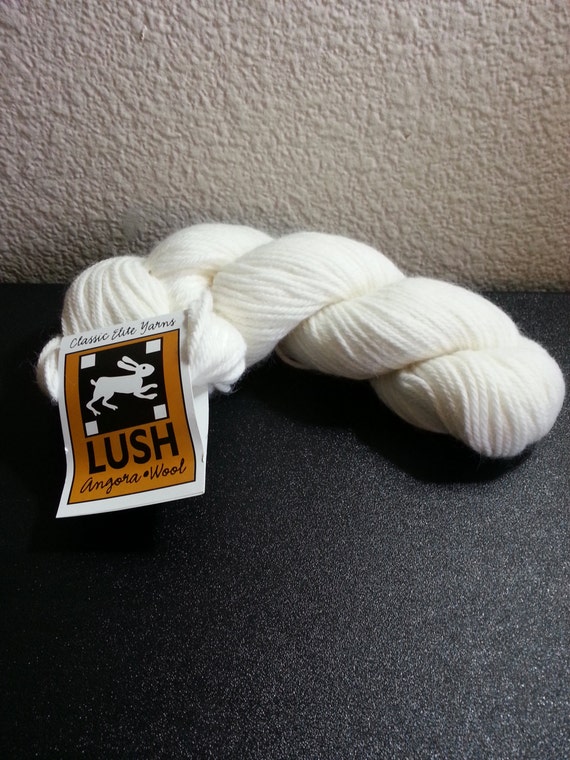- To discover any knots. Fresh-from-the-store balls of yarn can have egregious imperfections hidden in their many yards. KnitPicks is famous for tying knots into their Charisma line at the wrong color change! Going over every inch of the yarn with my own two hands gives me the chance to correct these mistakes before I've even cast on.
- To get to know your yarn. Does it have any random slubs or other unplanned bumps in the road? Does it shed? Are the individual strands rougher than the larger ball? This is your opportunity to learn about your yarn before working with it.
- The LYS's swift is always in use. Always. Who has time to wait for someone else to wind their latest 21-ball purchase when I could be casting on?
- Swifts make an annoying creaky sound. Not to mention the cost. I'd rather spend my money on yarn, thank you very much.
- Winding is cathartic. You get into a rhythm, just like with knitting. Wrapping and wrapping and wrapping a single strand of yarn over and over again. Excellent mindless entertainment.
- Just enjoy the feel of it. Yarn, glorious yarn, flowing through your hands. Feel free to fantasize about all the wonderful projects you could make with it.
- You can wind anywhere. On an airplane. In the car. On your couch, bed, or toilet. Okay, maybe not the toilet. But it's portable if you're not tied down by a swift. You don't have to wait until you get home or until the LYS's swift finally frees up. You're that much closer to starting your project.
So how do I do it? I'll show you how to wind perfect center-pull balls by hand in my next post!































